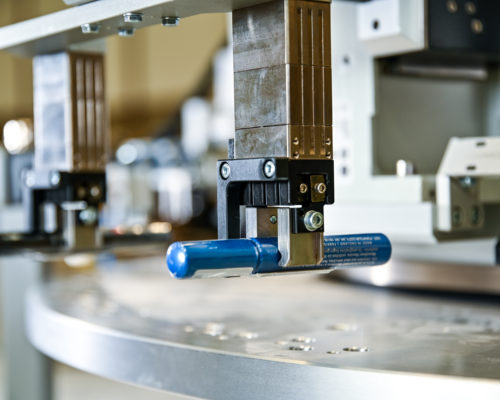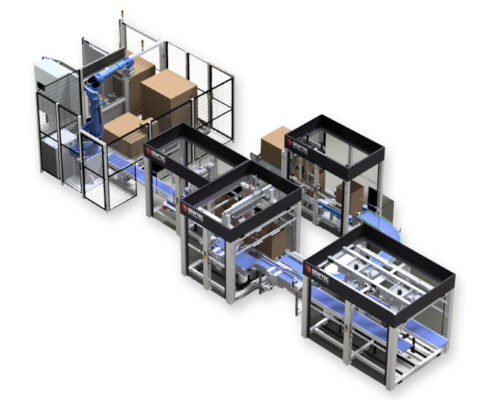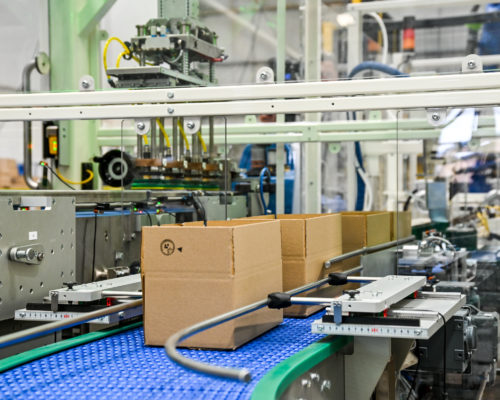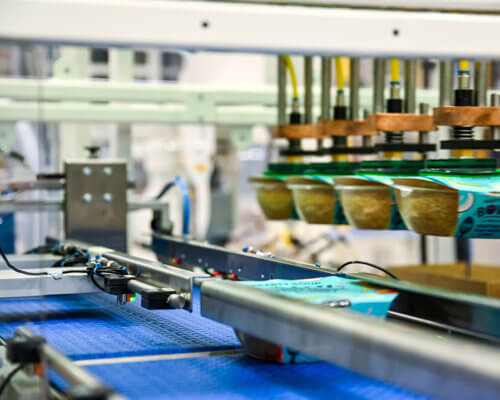Five reasons to automate your packaging systems
To ensure all packaging processes are as efficient as possible – in terms of cost, time, and resource –an automated packaging system may be best for business.
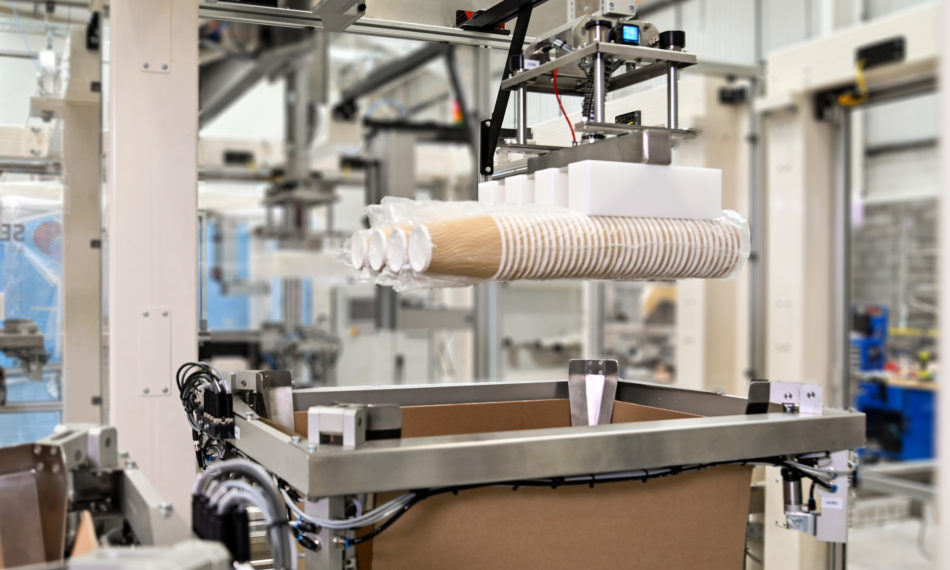
Packaging is required at three stages during the production line. Firstly, primary packaging encloses the naked product within its wrapper or tray packaging to ensure it doesn’t perish.
This is then followed by secondary packaging, where the primary-packed product is enclosed within a secondary container, such as a plastic bag or cardboard box. The final stage of the packaging process is referred to as tertiary or transit packaging, which sees the second packaging placed into larger containers and loaded onto pallets ahead of being shipped out.
But what are the benefits of having automated packaging solutions in your production line?
1. Streamline production
Packaging automation is built and designed to mirror the movements made during manual packaging, such as picking up items from a conveyor system and placing them in the respective packaging.
However, an automated system means more products can be picked and packed in less time, which enables the whole operation to be streamlined.
2. Robust reliability
Automated packaging systems are created with robustness in mind. A robot arm working within a production line has the capability to work for more than 70,000 hours (which equates to just under eight years) until it requires maintenance.
This means that your production line can run effortlessly and at a high-performance level for a prolonged period, with minimal maintenance, which will enhance your overall operation.
3. Consistency is key
Across all packaging stages, there is a specific format in which the product needs to be packaged. This is important during the secondary and tertiary steps, as incorrect packing could lead to trays and boxes not being efficiently filled, impacting the overall quality of the packaged product.
Automated packaging solutions can help with the consistency of the packaging of products as it reduces human error. For products which need to be stacked, rotated, or nestled in a particular way, the system can be programmed to ensure this is done correctly and the use of multi-axis robots can help reduce the risk of packaging irregularities. This reduces the amount of product that is wasted, aiding your environmental impact, as well as maximising profit margins.
4. Increased flexibility
Opting for a turnkey automated packaging system brings with it the ability to be more flexible with what is being packaged, as well as how it integrates with existing production lines. By operating with a robotic system, one production line can handle different types of products and packaging, depending on the computerised instruction, increasing the flexibility of the system.
5. Upskilling your people
As automation becomes more prevalent in manufacturing and packaging facilities, so does the need to upskill team members to operate the systems themselves. Automation can alleviate the repetitiveness and high physical demand on manual labour, which reduces staff injury, as well as providing an opportunity for specialised training. An automated system therefore benefits twofold – it can increase speed of production and helps improve staff wellbeing and career progression.
Robotic packaging solutions bring with them a host of benefits to production lines, such as helping improve efficiencies, accuracy, and flexibility. When combined, these benefits deliver a strong return-on-investment and make deploying an automated packaging solution across all stages best for business.
At Sewtec, we create bespoke primary, secondary, and tertiary robotic packaging solutions for products across a range of industries, including food, pharmaceutical, medical, and tobacco.
For more information on how we can help with your packaging systems, or to visit our facility, get in touch here.
